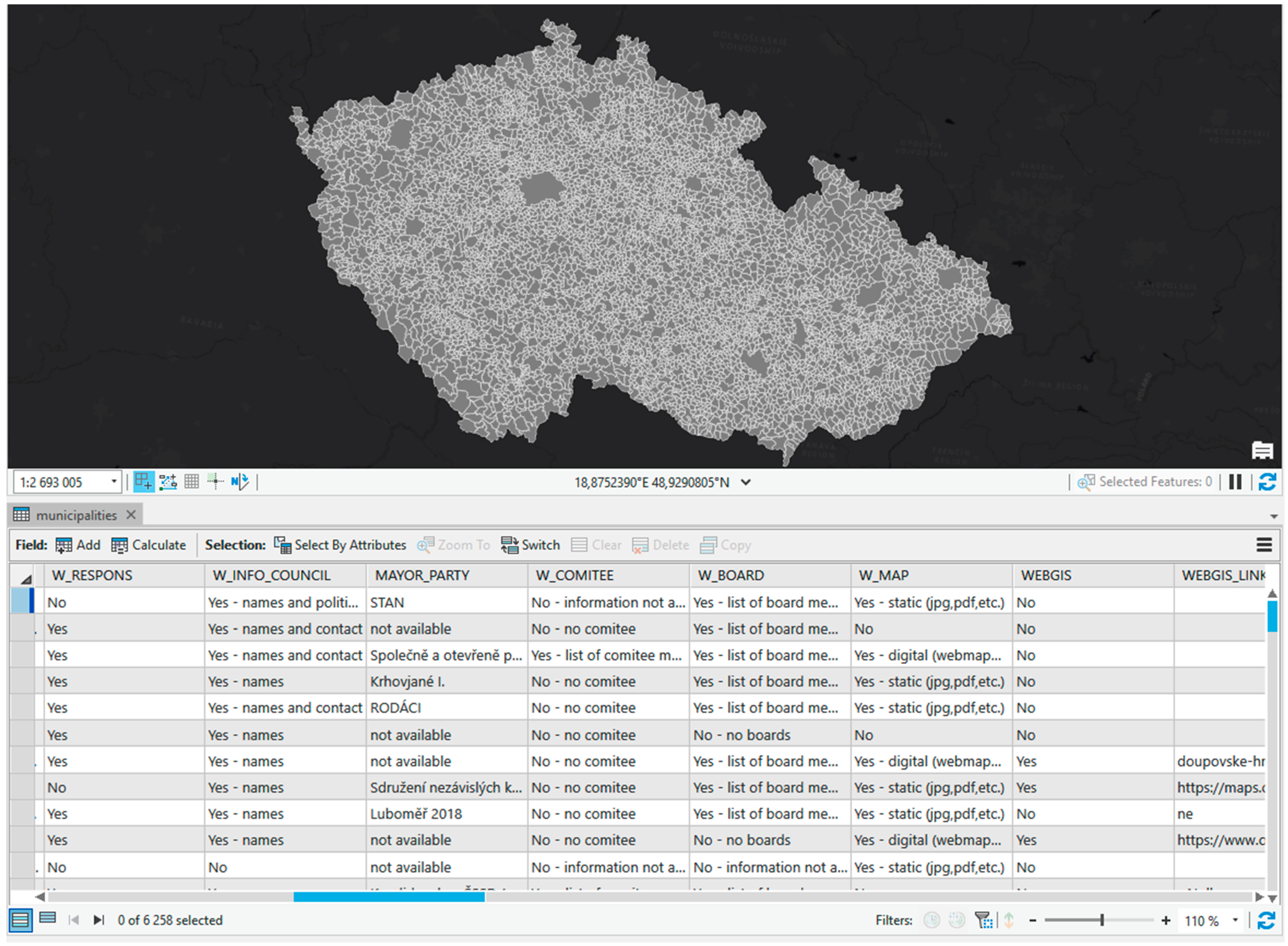

A5:G-Both cells must have a valid cell identifier: a letter and a number.Ī(Input_Excel_File, Output_Table, ) NameAfter applying a definition query, if a custom arcade expression is used to symbolize the layer, the feature counts in the Symbology pane does not respect the definition query.ĭivide COGO lines incorrect cogo attributes for feature services.ĭifference Polygon tool from Production Mapping does not honor snapping.ĪrcGIS Pro crashes when client-side timeout is exceeded and stop editing cannot be completed.Z3:B5-The second cell cannot be to the right (have a larger column letter) of the second cell.A20:C10-The first cell cannot be lower (have a larger row number) than the second cell.

The following are examples of invalid cell ranges:
 E200:ALM20000-The values in column E through ALM (1000th column), from row 200 through 20000. D5:X5-The values in columns D through X, for row 5. B3:B40-The values in column B, from rows 3 through 40. A2:C10-The values in columns A through C, from row 2 through 10. The following are examples of valid cell ranges: For example, if the cell range specified is B2:D10, the field names will be based on the values in cells B1, C1, and D1. The output field names are derived from cell values in row 1, regardless of the rows specified in the cell range. Cell ranges are inclusive, so a range of A2:C10 will include all values in column A through C and all values in rows 2 through 10. For example, the cell B9 is the intersection of column B and row 9.Ī cell range defines a rectangle using the upper left cell and lower right cell, separated by a colon (:). Each cell has an address based on its column and row. Columns are identified by letters (A, B, C, D), and rows are identified by numbers (1, 2, 3, 4). A cell is the intersection of a row and a column.
E200:ALM20000-The values in column E through ALM (1000th column), from row 200 through 20000. D5:X5-The values in columns D through X, for row 5. B3:B40-The values in column B, from rows 3 through 40. A2:C10-The values in columns A through C, from row 2 through 10. The following are examples of valid cell ranges: For example, if the cell range specified is B2:D10, the field names will be based on the values in cells B1, C1, and D1. The output field names are derived from cell values in row 1, regardless of the rows specified in the cell range. Cell ranges are inclusive, so a range of A2:C10 will include all values in column A through C and all values in rows 2 through 10. For example, the cell B9 is the intersection of column B and row 9.Ī cell range defines a rectangle using the upper left cell and lower right cell, separated by a colon (:). Each cell has an address based on its column and row. Columns are identified by letters (A, B, C, D), and rows are identified by numbers (1, 2, 3, 4). A cell is the intersection of a row and a column.







 0 kommentar(er)
0 kommentar(er)
